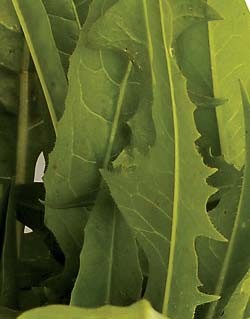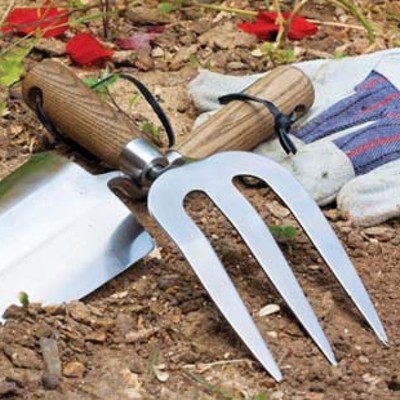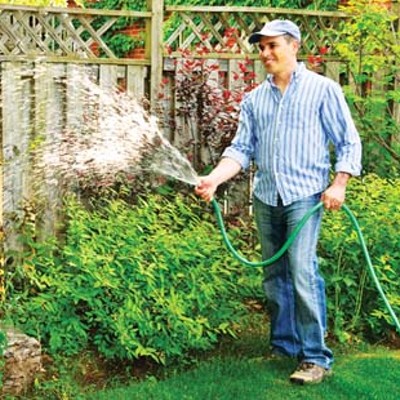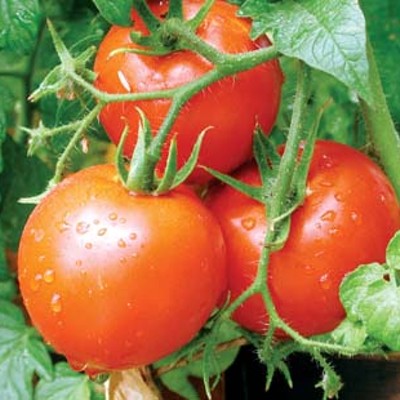Dandy dandelions
Home gardeners despise ’em, but they’re a good source of vitamins

[
{
"name": "Air - MedRect Combo - Inline Content 1",
"component": "11490391",
"insertPoint": "3",
"requiredCountToDisplay": "1",
"parentWrapperClass": "fdn-ads-inline-content-block"
},{
"name": "Air - MedRect Combo - Inline Content 2",
"component": "11490392",
"insertPoint": "7",
"requiredCountToDisplay": "5",
"parentWrapperClass": "fdn-ads-inline-content-block"
},{
"name": "Air - MedRect Combo - Inline Content 3",
"component": "11490393",
"insertPoint": "12",
"requiredCountToDisplay": "9",
"parentWrapperClass": "fdn-ads-inline-content-block"
}
]
Untitled Document
One of the first plants a child learns to recognize
is the dandelion. Its bright-yellow flowers make it easy to spot —
and what fun it is to pick a “puffball” (the dandelion seed
head, blow on it, and see how far the seeds will fly.
The dandelion (Taraxacum
officinale), a deep-rooted cool-season
perennial, is despised by home gardeners looking for the perfect lawn. It
is easily recognized by its basal rosette of slightly to deeply cut leaves,
long fleshy taproot, and hollow stem supporting a yellow flower. Dandelions
prefer moist, sunny locations but will also grow in the shade.
The yellow flower is actually a composite of numerous
flowers, each capable of producing a parachutelike brown seed. The
flowering stalk can support 100 to 300 such flowers. Dandelion flowers
appear mainly in the early spring or late fall but are seen throughout the
year. The seeds may be carried several miles by the wind.
Dandelions, which are native to Africa, Asia, and Europe, were introduced to the United States from Europe. The plant, whose flowers and bitter leaves are edible, has many culinary uses. Most recipes call for tender leaves harvested in the spring just before plants bloom. Tender leaves are generally eaten raw, whereas older leaves are cooked. Dishes incorporating dandelions include salads, soups, cooked greens, potato salad, wine, and jelly. Believe it or not, dandelion seeds are available for purchase from Johnny’s Selected Seeds. Unwanted dandelions can be physically removed. Moist conditions make the job easier — but even with moist soil it is difficult to pull a dandelion and remove the entire taproot. A dandelion generally grows a taproot 6 to 18 inches long, and a 1-inch-long section of the root is capable of generating a new plant. If the soil is moist, a small dandelion can be successfully removed by hand. Larger plants may be pulled with the aid of a tool that removes the entire root. A variety of these tools, such as the Weed Hound, the WeedPopper, and the Dandelion Weeder, just to name a few, are available; the makers of most of these tools claim that their implements will get the dandelion root and all. A properly maintained healthy, dense stand of turfgrass should prevent invasions by weeds such as the dandelion, but spot treatment with herbicides is an option. This approach is most successful in the early fall, when the dandelion plant is taking food from the leaves and storing it in the roots, because chemicals applied to the plant in the fall can be transferred to the roots. Elimination of established plants can be difficult, but postemergence herbicides that control broadleaf weeds work against dandelions — 2,4-D provides adequate control. (Remember to always read and follow label directions.) • Do you need help identifying an insect? Want to know when to plant tomatoes or the best time to fertilize the lawn? Get your garden questions answered by a master gardener. University of Illinois Extension Sangamon-Menard Unit Master Gardener volunteers are available 8:30 a.m.-4 p.m. Monday-Friday to answer your home-garden questions. Call 217-782-4617 or e-mail [email protected].
Jennifer Fishburn is a horticulture educator with the University of Illinois Extension Sangamon-Menard Unit. Contact her at [email protected].
Dandelions, which are native to Africa, Asia, and Europe, were introduced to the United States from Europe. The plant, whose flowers and bitter leaves are edible, has many culinary uses. Most recipes call for tender leaves harvested in the spring just before plants bloom. Tender leaves are generally eaten raw, whereas older leaves are cooked. Dishes incorporating dandelions include salads, soups, cooked greens, potato salad, wine, and jelly. Believe it or not, dandelion seeds are available for purchase from Johnny’s Selected Seeds. Unwanted dandelions can be physically removed. Moist conditions make the job easier — but even with moist soil it is difficult to pull a dandelion and remove the entire taproot. A dandelion generally grows a taproot 6 to 18 inches long, and a 1-inch-long section of the root is capable of generating a new plant. If the soil is moist, a small dandelion can be successfully removed by hand. Larger plants may be pulled with the aid of a tool that removes the entire root. A variety of these tools, such as the Weed Hound, the WeedPopper, and the Dandelion Weeder, just to name a few, are available; the makers of most of these tools claim that their implements will get the dandelion root and all. A properly maintained healthy, dense stand of turfgrass should prevent invasions by weeds such as the dandelion, but spot treatment with herbicides is an option. This approach is most successful in the early fall, when the dandelion plant is taking food from the leaves and storing it in the roots, because chemicals applied to the plant in the fall can be transferred to the roots. Elimination of established plants can be difficult, but postemergence herbicides that control broadleaf weeds work against dandelions — 2,4-D provides adequate control. (Remember to always read and follow label directions.) • Do you need help identifying an insect? Want to know when to plant tomatoes or the best time to fertilize the lawn? Get your garden questions answered by a master gardener. University of Illinois Extension Sangamon-Menard Unit Master Gardener volunteers are available 8:30 a.m.-4 p.m. Monday-Friday to answer your home-garden questions. Call 217-782-4617 or e-mail [email protected].
Jennifer Fishburn is a horticulture educator with the University of Illinois Extension Sangamon-Menard Unit. Contact her at [email protected].
Illinois Times has provided readers with independent journalism for almost 50 years, from news and politics to arts and culture.
Your support will help cover the costs of editorial content published each week. Without local news organizations, we would be less informed about the issues that affect our community..
Got something to say?
Send a letter to the editor and we'll publish your feedback in print!





















